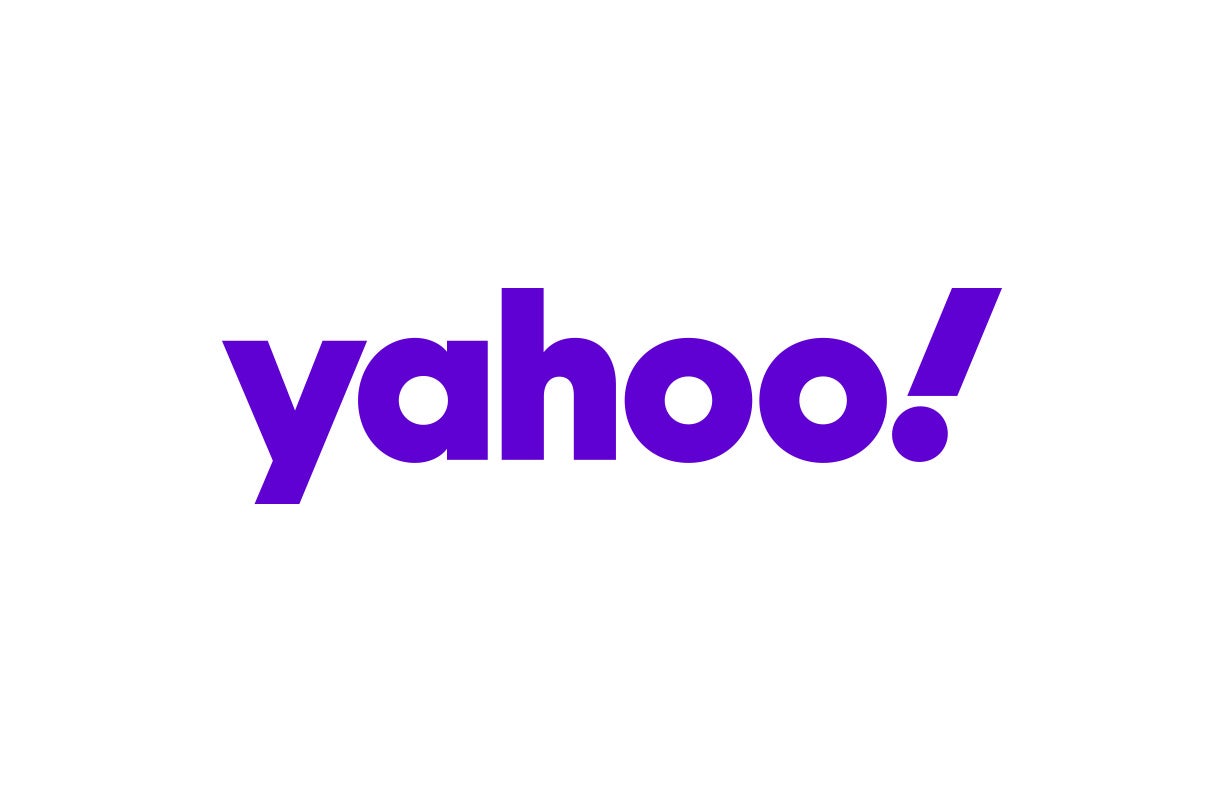The ad tech industry has undergone an identity transformation.
With 2024 around the corner, the end of the once-reliable cookie is finally at hand. But signal loss doesn’t stop with cookies. Apple has already restricted mobile advertising IDs with the AppTrackingTransparency framework and IP addresses with iCloud Private Relay. Further, Google is preparing for its own initial IP protection beta.
These changes are splitting the advertising world into two environments: addressable (when a user can be identified with privacy-preserving methods) and non-addressable (when a user cannot be identified).
Preserving addressability is important, and there won’t be one single solution.
However, the future of addressability comes from user log-ins, since browsers and operating systems are challenging other non-deterministic methods that rely on signals like IP addresses.
But log-ins can be tough to secure: 80% of publishers’ audiences aren’t entering emails and passwords, according to the IAB State of Data report. But to maximize campaign effectiveness, advertisers need to reach users when they aren’t logged in, too.
There is a massive opportunity for advertisers to embrace the rising trend of non-addressable inventory and gain a competitive advantage. And the benefit for advertisers to incorporate it into their media strategy outweighs the fear of the unknown or the challenge of learning how to buy it.
Non-addressable supply offers additional audience reach, opportunity for lower eCPMs and access to the same quality inventory as addressable in a market that’s currently less competitive.
Four emerging methodologies for non-addressable environments
There are solutions old and new that can help advertisers reach their non-addressable audience. Contextual targeting, for example, is experiencing a renaissance.
At the same time, buyers are relying more on publishers’ first-party data for audience targeting, using either deals or seller-defined audiences to execute these buys. This approach puts the power and control into the publisher’s hands. It enables them to create audience segments from their own first-party data based on the user interaction on their properties without needing to associate them with a universal ID or reveal the identity of the user to the advertiser. It’s promising for publishers with rich data, but it doesn’t solve for measurement.
Browsers and platform solutions offer additional options. The much-anticipated Google Privacy Sandbox has been gathering industry feedback for the last couple of years and, in January, will open up testing to a broad group of brands, agencies and tech companies. And while it will require time, testing offers initial insights to advertisers. Despite the fragmentation of these types of solutions, they show potential.
Last but certainly not least, AI and panel-based solutions like Yahoo’s Next-Gen Solutions leverage sophisticated algorithms that project granular learnings on unknown users and infer audience characteristics. As with any AI-based technology, the quality of data input is crucial to the accuracy and reliability of the outcome. Therefore, such solutions require quality, trusted and robust data to infer the highest accuracy audience characteristics.
Non-addressable supply is an essential piece of the puzzle
We are going through the last months of life for third-party cookies. When the bubble of a solely addressable ecosystem bursts, advertisers will already need to have a holistic and integrated approach in place. A media strategy consisting of a combination identity solutions, including non-addressable, is critical for that success.
The time is now for advertisers to plan ahead and start testing and learning. Those who do so will gain an advantage and be better prepared for the growth of non-addressable environments.
Think back to other seismic shifts in the history of digital advertising – from the first banner to the advent of social media ads. During these moments, the companies that came out on top capitalized on the new opportunities and adopted innovative strategies despite the new territory. This is one of those moments.
For more articles featuring Giovanni Gardelli, click here.














